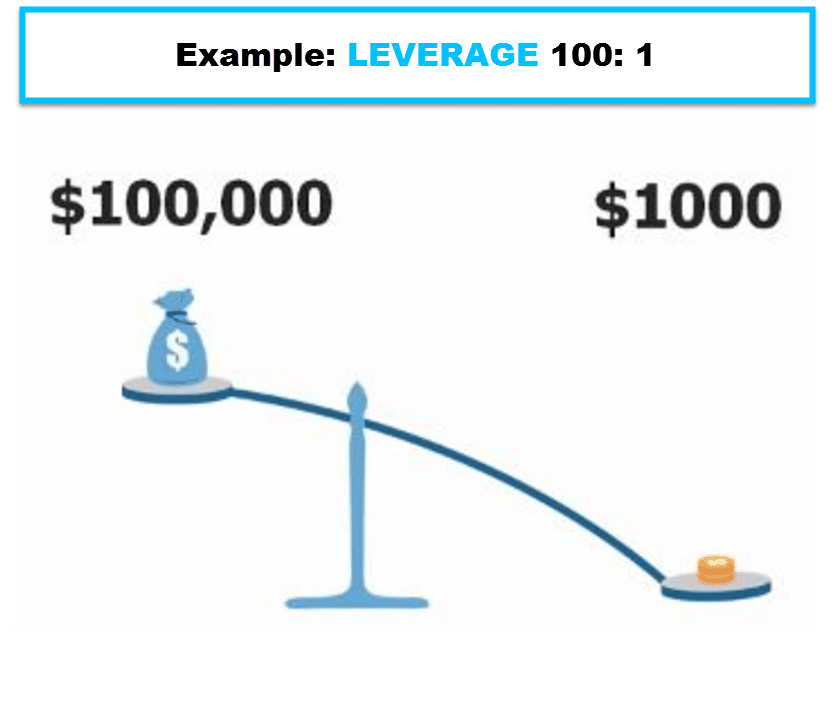
The best way to invest money in your 20s is to follow a well-defined strategy. This should include determining what your risk tolerance is, creating a financial strategy, and setting-up a robot-advisor. The most important thing to remember is to diversify your investments. While the stock market can be risky, there are other less risky investments, such as bonds.
Allocation of assets
Your 20s is a great time to start investing your money. There are many types of investments that you can make. These include mutual funds and bonds. The important thing is to find the right account for your goals and investment plan. Another option is to open a retirement account that can keep pace with inflation and receive compound interest.
While it's a good idea to save your money in cash for short-term needs, it's also a good idea to have a mix of stocks and bonds in your portfolio. This mixture will ensure that your money grows as fast as possible and you don't end up with an insufficient amount. The key to finding the right balance of risk and reward is the key. You can achieve this balance by using an asset allocation strategy, which allows you to invest money according to your risk tolerance.

Develop a financial plan
Developing a financial plan in your 20's is a crucial step for establishing financial security later in life. Since compound interest works in favor of you, it is better to start investing money while you still have the chance. Investing can protect you against financial problems. It will ensure that your accounts are well-balanced and your credit reports are current.
The first step to developing a financial plan for your 20s is to set a budget. A budget will help you to manage your daily expenses and ensure financial security for the future. Additionally, you can set savings goals.
Identify your risk tolerance
The key part of any investment strategy is determining your risk tolerance. This is your ability to bear a substantial loss in value. Take into account the risks and rewards of investing at different risk levels, and create a game plan that will help achieve your financial goals.
Diversifying your investments can help you avoid over-investing. You can diversify your investments by buying different stocks and bonds. Mutual funds are another option, as they track wider stock market indexes. You should also consider investing in bonds and stocks that are less risky than stocks.

Setting up a robo-advisor
Setting up a robo-adviser to invest your money in your 20s can be a great way to build a portfolio while still in your early twenties. You may find it difficult to set aside money for investments in your 20s. Automated payments can make this easier and help prevent impulse buys from draining your bank account.
Robotic advisors are usually low-cost and can manage your investment portfolios. You can have your portfolio rebalanced over time to help you achieve your financial goals. This can help you achieve your goals while maximizing compounded returns.
FAQ
How can I get started investing and growing my wealth?
Learning how to invest wisely is the best place to start. This way, you'll avoid losing all your hard-earned savings.
Learn how you can grow your own food. It isn't as difficult as it seems. You can easily grow enough vegetables and fruits for yourself or your family by using the right tools.
You don't need much space either. It's important to get enough sun. Plant flowers around your home. They are simple to care for and can add beauty to any home.
Consider buying used items over brand-new items if you're looking for savings. Used goods usually cost less, and they often last longer too.
What are the 4 types of investments?
These are the four major types of investment: equity and cash.
The obligation to pay back the debt at a later date is called debt. It is usually used as a way to finance large projects such as building houses, factories, etc. Equity can be described as when you buy shares of a company. Real estate refers to land and buildings that you own. Cash is what you currently have.
When you invest in stocks, bonds, mutual funds, or other securities, you become part owner of the business. You share in the profits and losses.
What investment type has the highest return?
It doesn't matter what you think. It all depends upon how much risk your willing to take. If you put $1000 down today and anticipate a 10% annual return, you'd have $1100 in one year. If you were to invest $100,000 today but expect a 20% annual yield (which is risky), you would get $200,000 after five year.
In general, the greater the return, generally speaking, the higher the risk.
Therefore, the safest option is to invest in low-risk investments such as CDs or bank accounts.
However, it will probably result in lower returns.
On the other hand, high-risk investments can lead to large gains.
A stock portfolio could yield a 100 percent return if all of your savings are invested in it. It also means that you could lose everything if your stock market crashes.
Which one do you prefer?
It all depends on what your goals are.
If you are planning to retire in the next 30 years, and you need to start saving for retirement, it is a smart idea to begin saving now to make sure you don't run short.
High-risk investments can be a better option if your goal is to build wealth over the long-term. They will allow you to reach your long-term goals more quickly.
Remember that greater risk often means greater potential reward.
It's not a guarantee that you'll achieve these rewards.
Do I need to diversify my portfolio or not?
Diversification is a key ingredient to investing success, according to many people.
In fact, many financial advisors will tell you to spread your risk across different asset classes so that no single type of security goes down too far.
This strategy isn't always the best. It's possible to lose even more money by spreading your wagers around.
Imagine you have $10,000 invested, for example, in stocks, commodities, and bonds.
Imagine the market falling sharply and each asset losing 50%.
At this point, there is still $3500 to go. If you kept everything in one place, however, you would still have $1,750.
In reality, you can lose twice as much money if you put all your eggs in one basket.
Keep things simple. Do not take on more risk than you are capable of handling.
Statistics
- They charge a small fee for portfolio management, generally around 0.25% of your account balance. (nerdwallet.com)
- Some traders typically risk 2-5% of their capital based on any particular trade. (investopedia.com)
- If your stock drops 10% below its purchase price, you have the opportunity to sell that stock to someone else and still retain 90% of your risk capital. (investopedia.com)
- According to the Federal Reserve of St. Louis, only about half of millennials (those born from 1981-1996) are invested in the stock market. (schwab.com)
External Links
How To
How to Properly Save Money To Retire Early
Retirement planning involves planning your finances in order to be able to live comfortably after the end of your working life. It is where you plan how much money that you want to have saved at retirement (usually 65). You also need to think about how much you'd like to spend when you retire. This includes hobbies and travel.
You don't have to do everything yourself. Financial experts can help you determine the best savings strategy for you. They will examine your goals and current situation to determine if you are able to achieve them.
There are two types of retirement plans. Traditional and Roth. Traditional retirement plans use pre-tax dollars, while Roth plans let you set aside post-tax dollars. It all depends on your preference for higher taxes now, or lower taxes in the future.
Traditional Retirement Plans
A traditional IRA allows you to contribute pretax income. Contributions can be made until you turn 59 1/2 if you are under 50. If you wish to continue contributing, you will need to start withdrawing funds. After turning 70 1/2, the account is closed to you.
If you've already started saving, you might be eligible for a pension. These pensions vary depending on where you work. Some employers offer matching programs that match employee contributions dollar for dollar. Some employers offer defined benefit plans, which guarantee a set amount of monthly payments.
Roth Retirement Plans
With a Roth IRA, you pay taxes before putting money into the account. When you reach retirement age, you are able to withdraw earnings tax-free. There are however some restrictions. For example, you cannot take withdrawals for medical expenses.
Another type is the 401(k). Employers often offer these benefits through payroll deductions. Employees typically get extra benefits such as employer match programs.
401(k).
Most employers offer 401(k), which are plans that allow you to save money. They let you deposit money into a company account. Your employer will automatically contribute a portion of every paycheck.
The money grows over time, and you decide how it gets distributed at retirement. Many people choose to take their entire balance at one time. Others may spread their distributions over their life.
You can also open other savings accounts
Some companies offer additional types of savings accounts. TD Ameritrade offers a ShareBuilder account. This account allows you to invest in stocks, ETFs and mutual funds. In addition, you will earn interest on all your balances.
At Ally Bank, you can open a MySavings Account. You can deposit cash and checks as well as debit cards, credit cards and bank cards through this account. You can also transfer money to other accounts or withdraw money from an outside source.
What Next?
Once you have decided which savings plan is best for you, you can start investing. Find a reputable firm to invest your money. Ask friends and family about their experiences working with reputable investment firms. Check out reviews online to find out more about companies.
Next, you need to decide how much you should be saving. Next, calculate your net worth. Net worth includes assets like your home, investments, and retirement accounts. It also includes liabilities like debts owed to lenders.
Divide your net worth by 25 once you have it. This number will show you how much money you have to save each month for your goal.
For example, if your total net worth is $100,000 and you want to retire when you're 65, you'll need to save $4,000 annually.